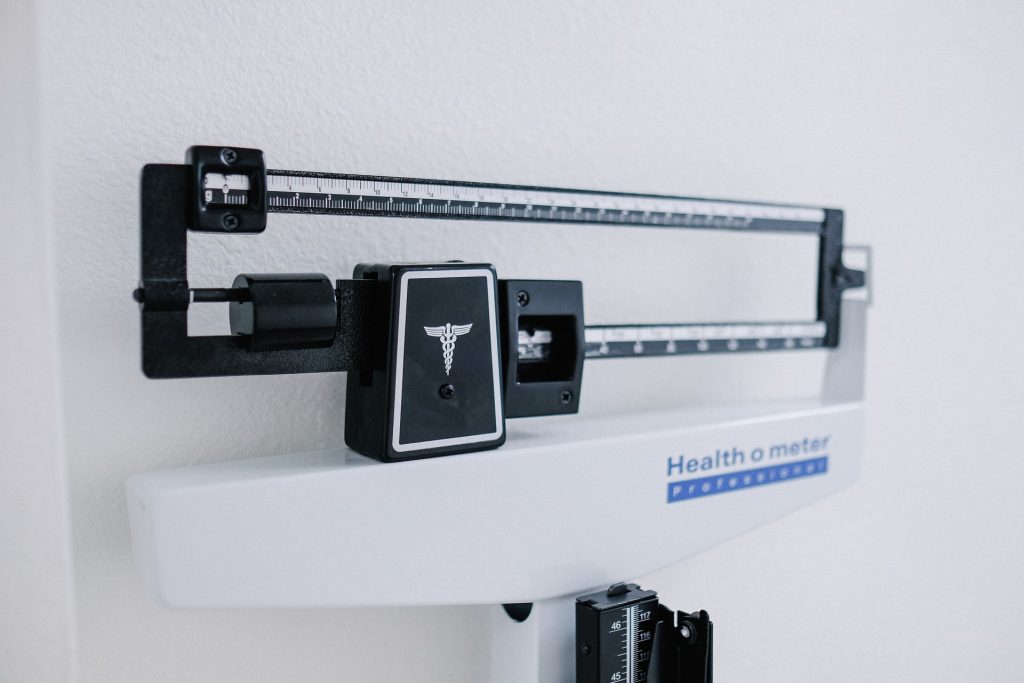A Glass of Wine Raises Atrial Fibrillation Risk

A single glass of wine can rapidly increase the risk of atrial fibrillation, according to new research published in Annals of Internal Medicine.
The study provides the first evidence that alcohol consumption significantly increases the chance of the heart rhythm condition occurring within a few hours, and is contrary to the notion of a cardioprotective effect of alcohol.
“Contrary to a common belief that atrial fibrillation is associated with heavy alcohol consumption, it appears that even one alcohol drink may be enough to increase the risk,” said Gregory Marcus, MD, MAS, professor of medicine in the Division of Cardiology at UCSF.
“Our results show that the occurrence of atrial fibrillation might be neither random nor unpredictable,” he said. “Instead, there may be identifiable and modifiable ways of preventing an acute heart arrhythmia episode.”
Atrial fibrillation (AF) is the most common heart arrhythmia seen clinically, but until now research has largely focused on risk factors and treatments for the disease, rather than what can trigger episodes. Large studies have established that chronic alcohol consumption can be a predictor for AF, and Marcus and other scientists have demonstrated that it is linked to increased risk for a first diagnosis of atrial arrhythmias.
The research centered on 100 patients with documented AF who consumed at least one alcoholic drink a month, but without substance use disorders, certain allergies, or changing medications.
Each participant wore an electrocardiogram (ECG) monitor for roughly four weeks, pressing a button whenever they had a standard-size alcoholic drink. They were also all fitted with a continuously recording alcohol sensor. Blood tests reflecting alcohol consumption over the previous weeks were periodically administered. Participants consumed a median of one drink per day throughout the study period.
Researchers found that an AF episode was associated with two-fold higher odds with one alcoholic drink, and three-fold higher odds with two or more drinks within the preceding four hours. Increased blood alcohol concentration was also associated with AF episodes.
Study limitations included patients possibly forgetting to press their monitor buttons or minimising the number of button presses due to embarrassment, although these considerations would not have affected alcohol sensor readings. The study was also limited to those with established AF, not to the general population.
“The effects seem to be fairly linear: the more alcohol consumed, the higher the risk of an acute AF event,” said Prof Marcus. “These observations mirror what has been reported by patients for decades, but this is the first objective, measurable evidence that a modifiable exposure may acutely influence the chance that an AF episode will occur.”










